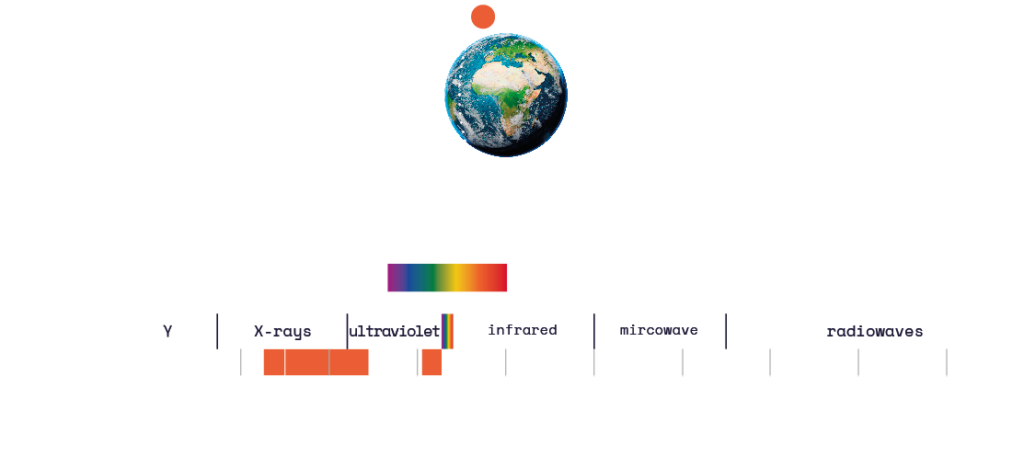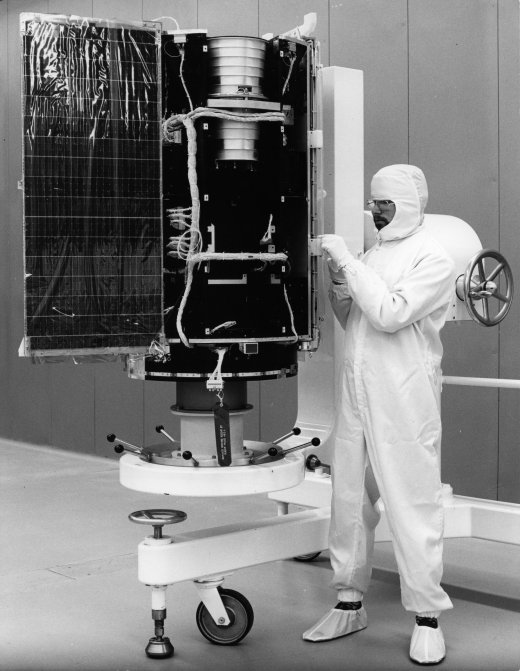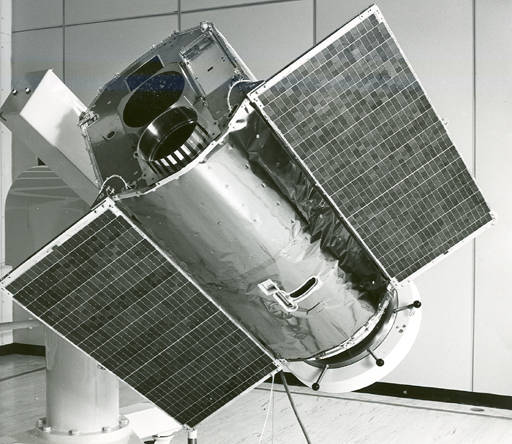| Status | Legacy |
| Launch | 1974 |
| Space organisation | NIVR (current NSO) |
| Type | UV- and x-ray (150-300 nm en 0,04-8 nm) |
| Orbit | Geocentric (polar) at 266-1176 km altitude |
| SRON contribution to | UVX, SXX, HXX |

Ultraviolet
The ANS made observations with ultraviolet and X-rays. In the ultraviolet, the space telescope made more than 20,000 measurements on 6,000 objects. Among them were star clusters, hot stars and cool stars with a hot atmosphere (“corona”). Among them were also old stars that repel gas, and stars that are unstable and (un)regularly change in brightness. ANS also made observations of galaxies, such as Andromeda and the Triangle Nebula. One of the resulting discoveries is that there are hot stars as hot as two hundred thousand degrees. By comparison, the surface of the Sun is less than six thousand degrees.
X-ray
With the X-ray instruments, astronomers discovered a new phenomenon: X-ray bursters. These are short but powerful bursts from globular clusters lasting only five to 10 seconds. These appeared to come from the surface of neutron stars. In addition, ANS discovered that stars exhibit flares, much like solar flares from the Sun. Astronomers also saw that X-rays are emitted from supernova remnants, some white dwarfs and the center of the Milky Way (LINK naar thema hoge-energie).


The discovery of X-ray bursters is due to ANS’ stabilized system over three axes, which made it the first satellite to be able to look at an object for long periods of time. ANS carried four scientific instruments; for ultraviolet and X-rays. In 1974, the space labs in Groningen and Utrecht had not yet merged to form SRON. The Groningen Laboratory for Space Research came up with the idea for a Dutch satellite to make ultraviolet observations of the universe. The Utrecht Space Research Laboratory then came on board within the project to build two X-ray instruments, which was more in line with the Utrecht research. The U.S. Massachusetts Institute of Technology provided a hard X-ray camera. The ultraviolet instrument measured the spectrum of space objects between 150 and 300 nanometers. The Dutch X-ray instruments were sensitive to soft and hard X-rays, down to 0.5 nanometer wavelengths, respectively.








